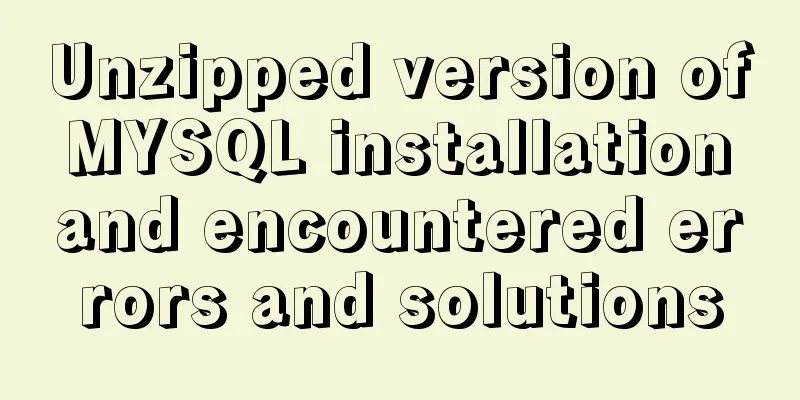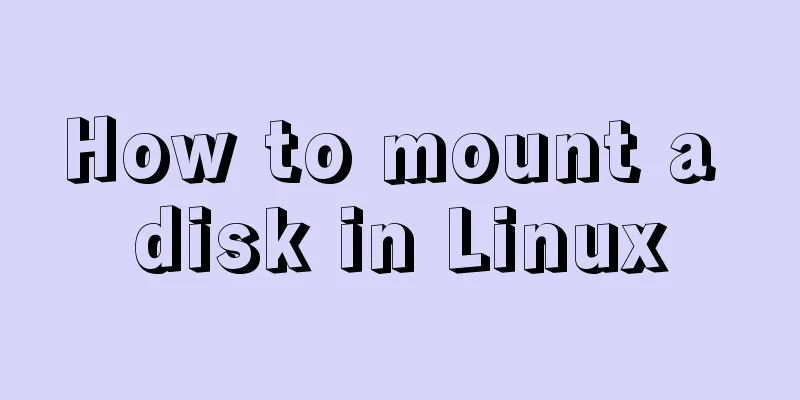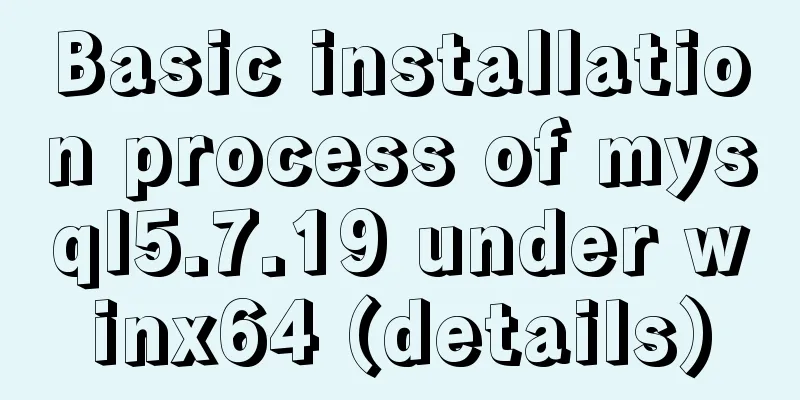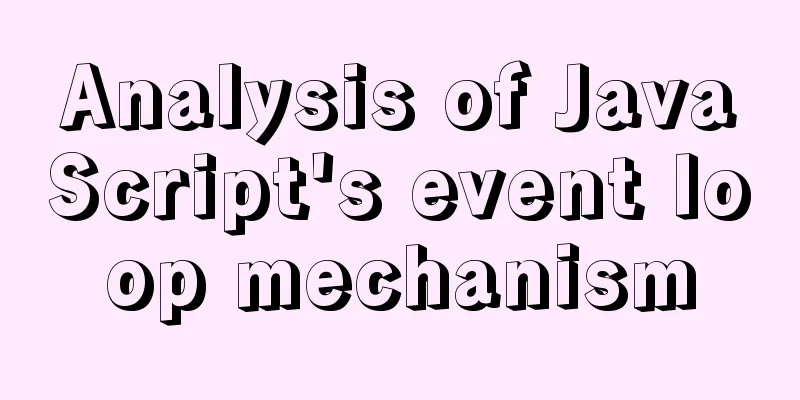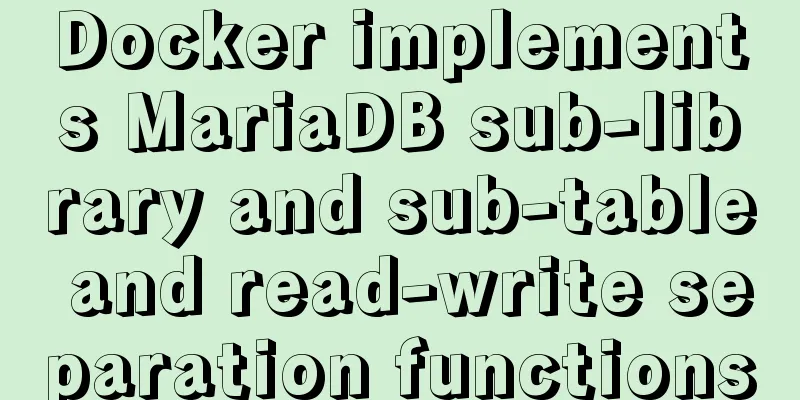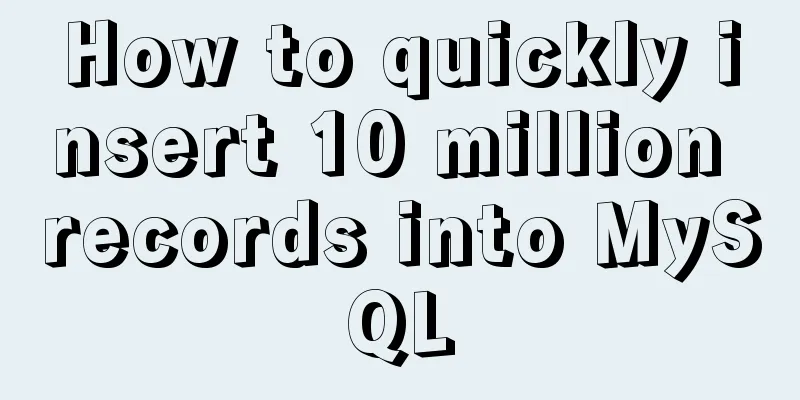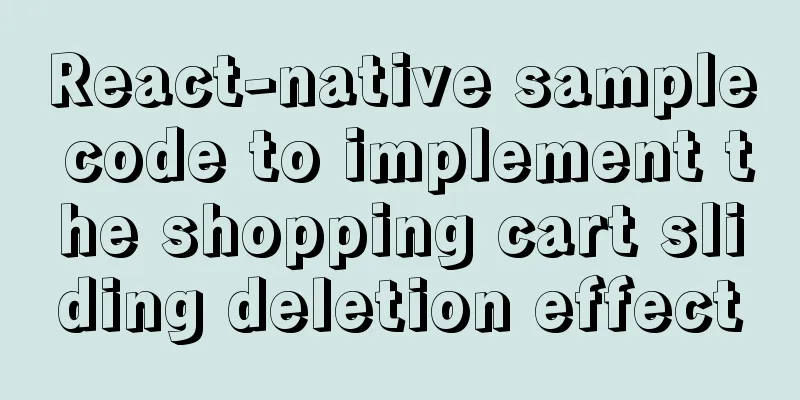Introduction to Jenkins and how to deploy Jenkins with Docker
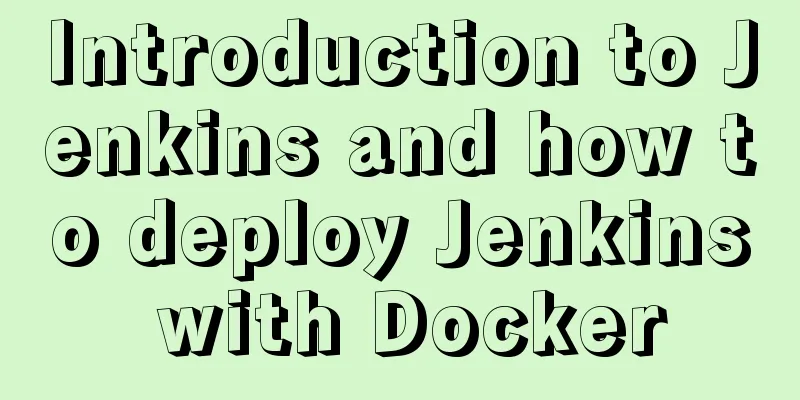
|
1. Related concepts 1.1 Jenkins Concepts: Jenkins is a powerful application that allows for continuous integration and continuous delivery of projects, regardless of the platform used. It's a free source code that can handle any kind of build or continuous integration. Integration with Jenkins can be used for several testing and deployment techniques. Jenkins is a software that allows continuous integration. 1.2 Jenkins Purpose: 1. Continuously and automatically build/test software projects. 1.3 Features: An open source Java language development continuous integration tool that supports CI and CD. Easy to install, deploy and configure: It can be installed through yum, or by downloading war packages and quickly installed and deployed through docker containers, which facilitates web interface configuration management. Message notification and test report: Integrated RSS/E-mail to publish build results via RSS or notify via e-mail when the build is completed, and generate JUnit/TestNG test reports. Distributed build: Support Jenkins to enable multiple computers to build/test together. File identification: Jenkins can track which build generates which jars, which build uses which version of jars, etc. Rich plug-in support: Supports extended plug-ins, you can develop tools suitable for your team, such as git, svn, maven, docker, etc. 1.4 Product Release Process:
Docker deployment docker run -it --name jenkins --restart always --user root -p 10002:8080 -p 50000:50000 -v /var/run/docker.sock:/var/run/docker.sock -v $(which docker):/usr/bin/docker jenkins The external docker is mapped to the internal docker, so that the docker command can also be used inside the jenkins container Note that there will be a random password after startup: If you start it with -it, you can see it in the command window.
Of course you can also enter the container and find it in /var/jenkins_home/secrets/initialAdminPassword. You need to fill in this password when you open the web page for the first time. After entering, you will be asked to install plug-ins. I have chosen to install all of them. Of course, you can also only install the recommended ones, or manually choose which plug-ins to install. Reference: https://hub.docker.com/_/jenkins/ Summarize The above is the full content of this article. I hope that the content of this article will have certain reference learning value for your study or work. Thank you for your support of 123WORDPRESS.COM. If you want to learn more about this, please check out the following links You may also be interested in:
|
<<: JavaScript to achieve a simple message board case
>>: innodb_flush_method value method (example explanation)
Recommend
Briefly understand the MYSQL database optimization stage
introduction Have you ever encountered a situatio...
How to install FastDFS in Docker
Pull the image docker pull season/fastdfs:1.2 Sta...
Detailed explanation of prototypes and prototype chains in JavaScript
Table of contents Prototype chain diagram Essenti...
Explaining immutable values in React
Table of contents What are immutable values? Why ...
Basic usage of wget command under Linux
Table of contents Preface 1. Download a single fi...
The simplest MySQL data backup and restore tutorial in history (Part 2) (Part 37)
Data backup and restore part 3, details are as fo...
How to check the hard disk size and mount the hard disk in Linux
There are two types of hard disks in Linux: mount...
Ubuntu compiles kernel modules, and the content is reflected in the system log
Table of contents 1.Linux login interface 2. Writ...
How to use JavaScript to get the most repeated characters in a string
Table of contents topic analyze Objects of use So...
HTML tag full name and function introduction
Alphabetical DTD: Indicates in which XHTML 1.0 DT...
How to solve the problem of ERROR 2003 (HY000) when starting mysql
1. Problem Description When starting MYSQL, a pro...
Enabling or disabling GTID mode in MySQL online
Table of contents Basic Overview Enable GTID onli...
Pycharm2017 realizes the connection between python3.6 and mysql
This article shares with you how to connect pytho...
Detailed explanation of how to use Docker to build a simple Java development and compilation environment
There are many versions of the Java language. In ...
Videojs+swiper realizes Taobao product details carousel
This article shares the specific code of videojs+...

